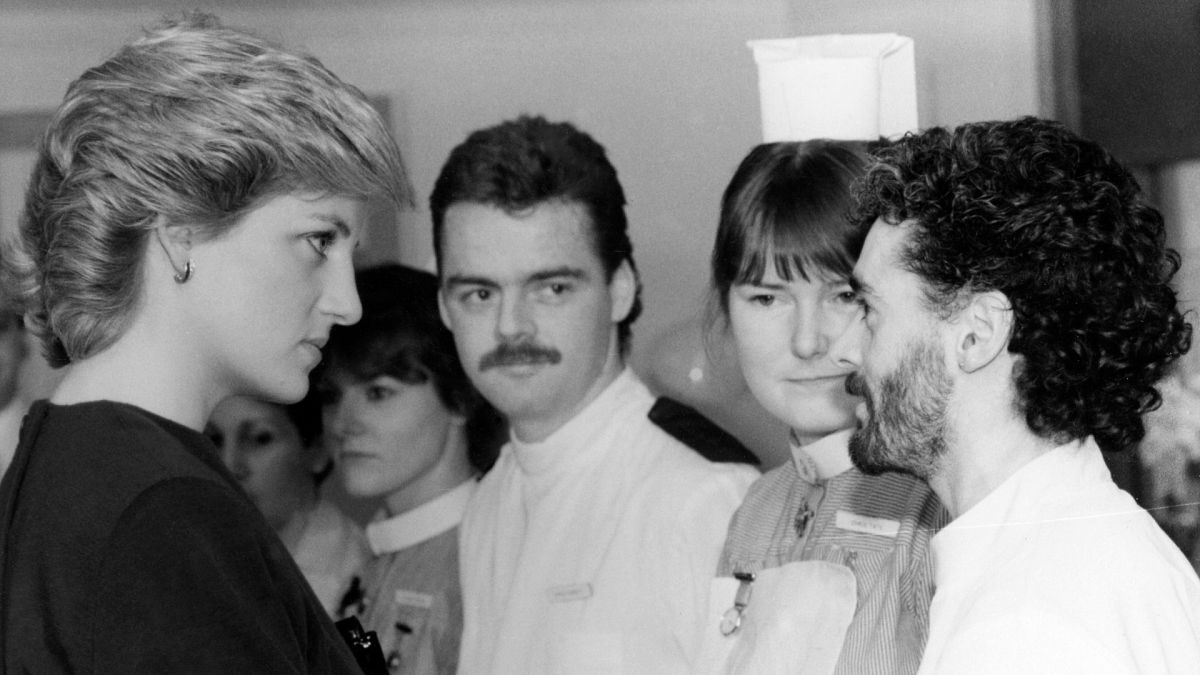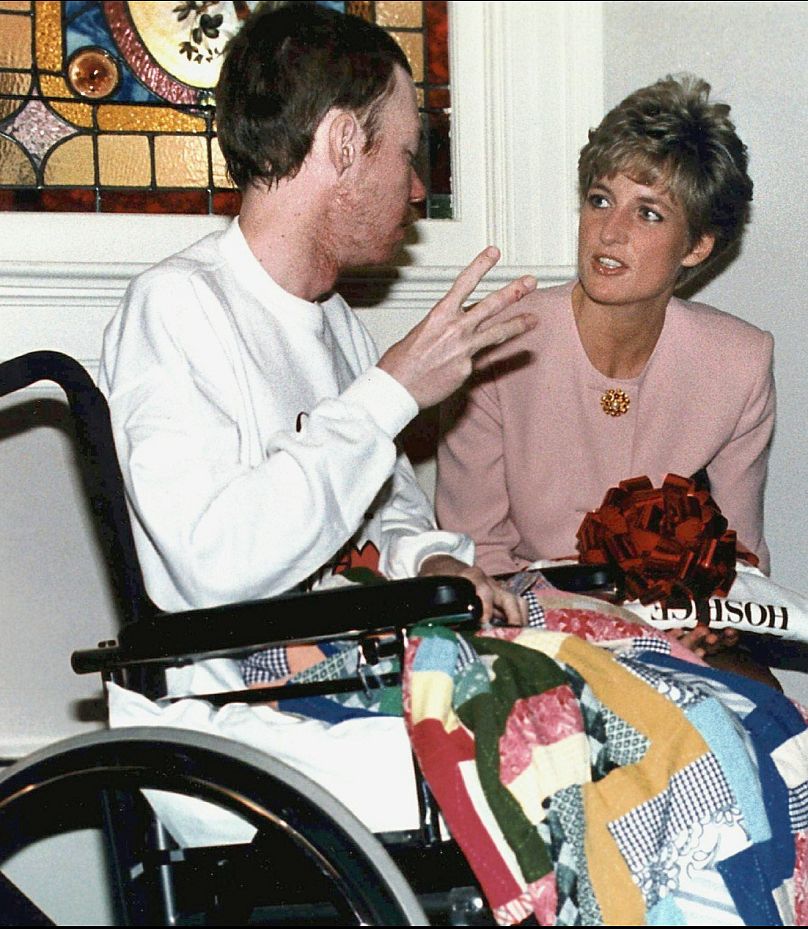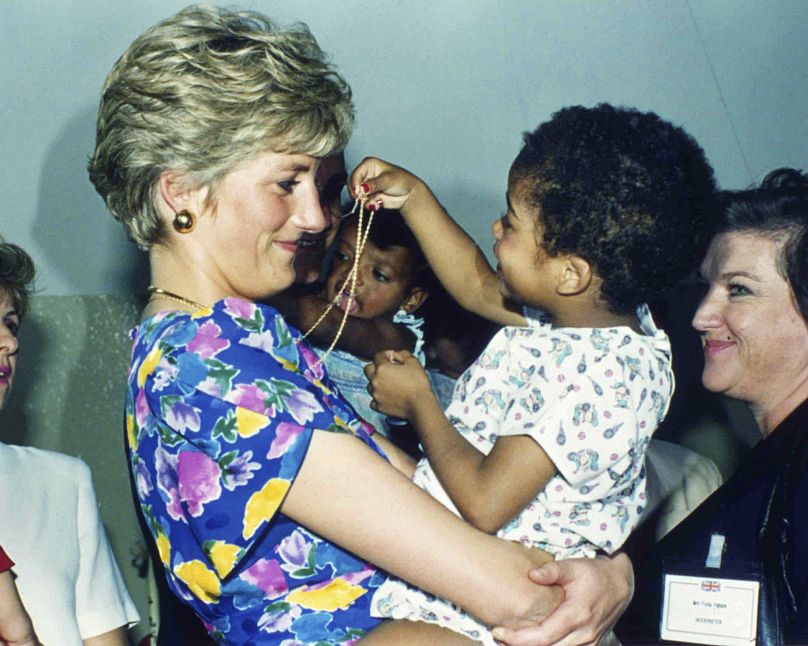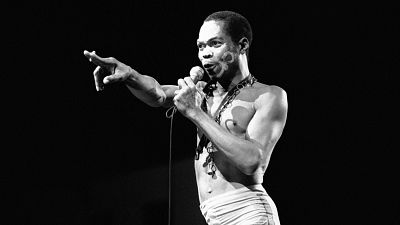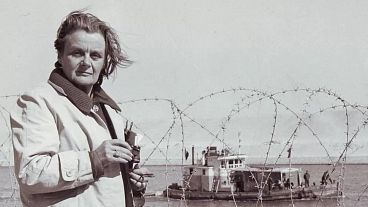31 August 1997: Diana, Princess of Wales dies
26 years after her death, it still feels shocking to recall the news bulletins reporting the untimely death of Diana, Princess of Wales. Her marriage to the future King Charles aged just 20 in 1981 made her an international superstar. Her youthful looks and unassuming personality grabbed the media’s attention. It didn’t let up, with the media following every second of her marriage, increasingly to its detriment.
When the fateful day came that Diana’s car crashed in Paris, she had been divorced from the then-Prince Charles for barely a year. The public outpouring of grief following her death helped cement Diana as the “People’s Princess”. To remember her today, I want to focus on one of the ways she earned that title.
By the mid-80s, the AIDS crisis was in full swing. Across the world, homosexual men were being predominantly affected by the virus, compromising their immune systems and leading to their deaths. The growing epidemic led to increased homophobic stigma in the public, encouraged by much of the media.
In April 1987, Diana opened the UK’s first specialist HIV/AIDS unit at London’s Middlesex Hospital. Dedicated to treating patients with the virus, it was an important step in helping a community facing a life-threatening condition and public vitriol.
With so much of the British public in fear of HIV/AIDS, Diana’s decision to shake hands without gloves and hug patients was a huge moment for breaking down stigma.
“HIV does not make people dangerous to know. You can shake their hands and give them a hug. Heaven knows they need it. What's more, you can share their homes, their workplaces, and their playgrounds and toys,” she famously said at the time.
Many people at that time didn’t properly understand how HIV/AIDS was transmitted. Diana’s actions helped change the public’s perception of how to behave around people with positive diagnoses. That it was the People’s Princess doing it made a difference on a global scale.
For the rest of her life, Diana continued to highlight the cause and keep it in the public eye. While I may usually be a cynic to the royals, here was someone taking their privilege and using it to advance the cause of those in need. Diana knew how the public saw her and she found a way to improve the lives of so many people suffering from a terrifying condition.
Following in his mother’s footsteps, Prince Harry has also continued her work to raise awareness of HIV/AIDS. In 2016, he took an HIV blood test live on camera and has continued to raise funds for HIV/AIDS charities.
